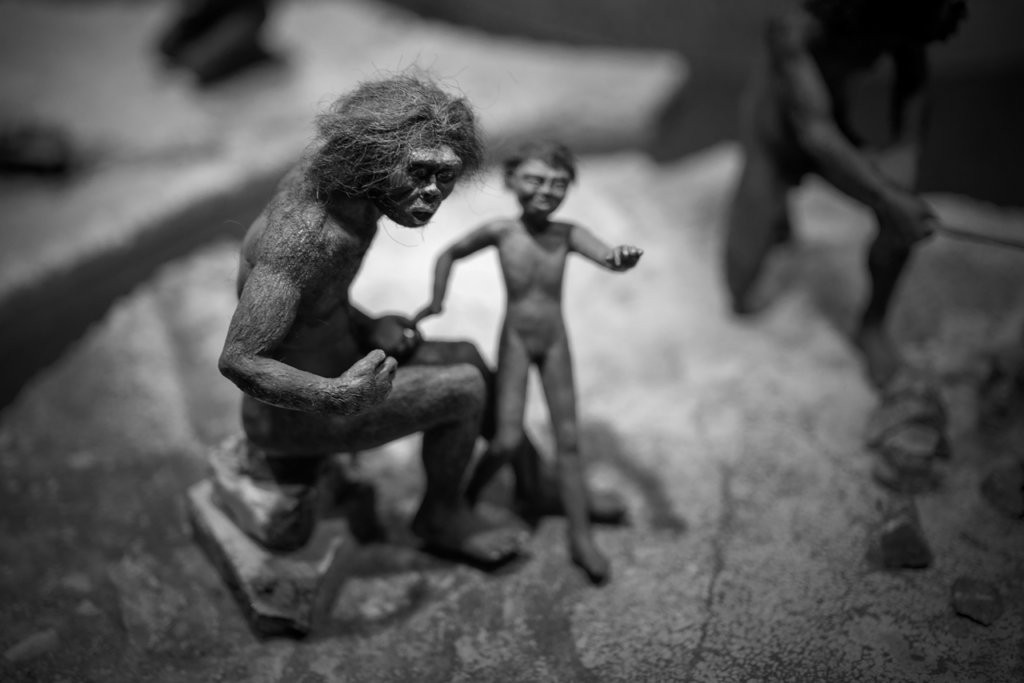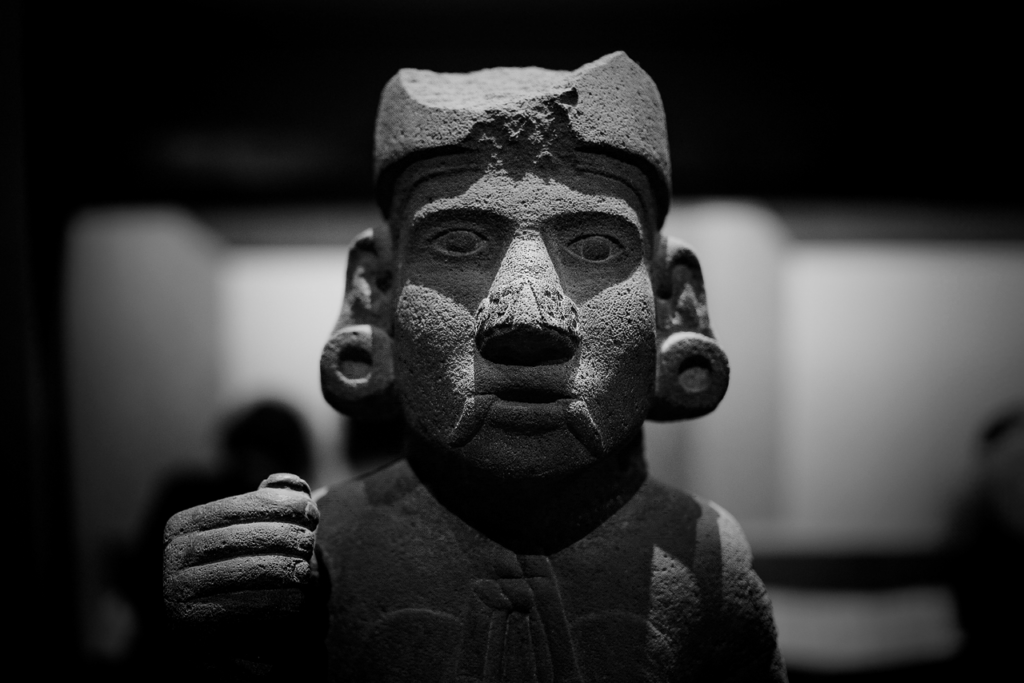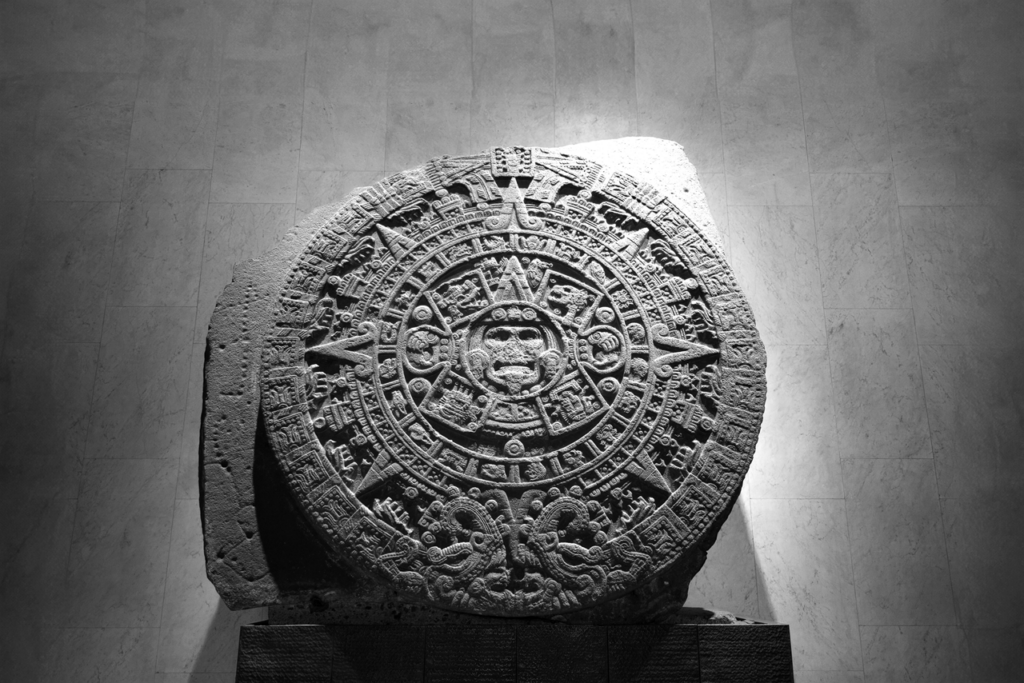The National Museum of Anthropology: A Gateway to Mexico’s Ancient Civilizations
A few weeks ago, I had the chance to visit Mexico City, a vibrant metropolis with a rich cultural heritage. Among its numerous attractions, the National Museum of Anthropology stands out as a true treasure of Mexican history and culture. Located in the heart of Chapultepec, this museum is not just a symbol of national pride but also a meeting point for those seeking to understand Mexico’s roots.
Upon arriving at the museum, the first thing that captures your attention is its impressive architecture, which blends modern and traditional elements, reflecting the diversity of Mexican history. Inside, a majestic fountain in the central courtyard greets you, symbolizing the interplay between natural elements and human creativity. Opened in 1964, the museum has been an emblematic site for the preservation and exhibition of pre-Hispanic artifacts.
The tour begins with a fascinating exhibition about the planet’s earliest inhabitants, including Australopithecus and Neanderthals. Here, a detailed representation of Lucy, the famous Australopithecus afarensis skeleton, offers a window into the past, showing how these early hominids were crucial in human evolution. The exhibition follows a chronological order, taking you through the major archaeological discoveries that have unraveled the secrets of our ancestors.
As you proceed, the exhibition guides you through the evolution to modern humans. It’s impressive to see how the dispersal of our ancestors across the globe is illustrated, with a special focus on the different cultures that inhabited Mexico. The rooms are dedicated to showcasing these peoples’ adaptation to various environments, highlighting their ingenuity and resilience, and how they shaped the cultural identity of the region.
In conclusion, the National Museum of Anthropology is a remarkable journey through human and Mexican history, offering a profound understanding of our shared past. If you have the chance to visit Mexico City, I highly recommend spending some time in this museum. It’s an enlightening experience, connecting us with the legacy of humanity and the rich cultural heritage that shapes our world today.
For the best viewing experience of the photo gallery, I recommend viewing each image individually. This way, you can fully appreciate the details in each photo, as the gallery’s automatic cropping may alter the full presentation of the images.


































